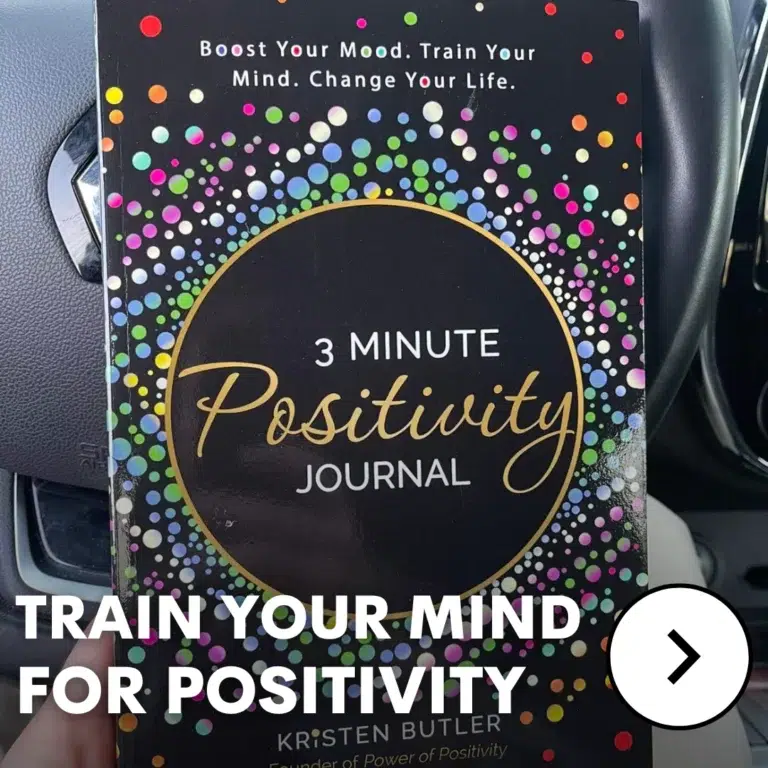No one really tells you how tricky breastfeeding can be until you’re already in it. You might think it should come easily — but for many moms, it doesn’t. That’s not a failure. It’s just real life.
At 3 a.m., when the baby’s crying and you’re sore, tired, and unsure if anything’s working, it’s easy to feel like you’re doing something wrong. You’re not. It takes time for both you and your baby to figure things out. Some days will feel smooth. Others may not.
Instead of guessing your way through the hard parts, Feeding with Confidence means having clear answers and kind support when you need it. This isn’t about being perfect. It’s about learning what helps, what matters most, and how to keep going — even when it feels tough. If you’re facing challenges, you’re not alone — and you’re in the right place to get real help.
Getting the Latch Right from the Start
Some of the biggest breastfeeding problems start with the latch. If it’s off, you might feel sharp pain, and your baby may not get enough milk. When the latch isn’t deep enough, nursing becomes stressful instead of soothing.
Here are a few signs the latch might not be working well:
- Your baby’s mouth doesn’t look wide and open.
- You hear clicking or smacking sounds while they suck.
- There’s nipple pain during or after feeding.
- Your baby seems fussy and still hungry after feeding.
The Step-by-Step of a Healthy Latch
To get a better latch and keep Feeding with Confidence, try this approach:
- Line up your baby’s nose with your nipple — not their mouth.
- Let their chin touch your breast first with their head slightly tilted back.
- Aim for a wide-open mouth so they take in more than just the nipple.
- Watch for their lips to flange outward, like a fish.
- You should feel a gentle pull, not pinching or pain.
Getting this part right early makes every feed smoother and builds your confidence quickly.
Low Milk Supply — When You’re Worried Baby Isn’t Getting Enough
It’s easy to panic when you think your baby isn’t getting enough. But low supply is often fixable once you know what’s behind it.
Here are some things that can make milk production drop:
- Not feeding often enough (especially at night).
- Stress, anxiety, or lack of sleep.
- Skipping skin-to-skin time after birth.
- Rigid feeding schedules instead of feeding on demand.
- Health issues like thyroid problems or blood loss during delivery.
What Actually Helps Boost Milk
There’s no magic fix, but the basics really do work. To support your supply while Feeding with Confidence, try these:
- Feed or pump regularly — every 2 to 3 hours is ideal.
- Get more rest, eat well, and drink plenty of water.
- Hold your baby close — skin-to-skin can signal your body to make more milk.
- Don’t wait to reach out for help. A lactation consultant can spot problems you might not notice.
Confidence grows when you stop guessing and start working with your body, not against it.
Engorgement Isn’t Just Fullness — It’s Painful
Feeling full is normal. But when your breasts feel rock hard, hot, or even start to swell, that’s not just fullness — that’s engorgement.
Here’s how to tell what’s going on:
- Full breasts: firm, heavy, but milk flows when baby latches.
- Engorged breasts: tight, shiny, painful, and sometimes warm to the touch.
- You may even run a low fever for a day.
How to Relieve Engorgement
Feeding with Confidence also means knowing how to care for your own body during tough feeds.
These small habits help:
- Use a warm compress before a feed to get things flowing.
- After nursing, try cold packs to reduce swelling.
- If baby can’t latch because you’re too full, express a little milk first.
- Don’t skip feeds — even if it hurts, nursing helps clear the backup.
- Avoid tight bras or clothes that press on the breast.
Treating engorgement early can stop it from turning into something more serious, like mastitis.
Cracked Nipples — Healing and Preventing the Ouch
Cracks usually mean the latch isn’t quite right. You might also get them if baby suddenly pulls off or slides down to the tip of the nipple during feeding.
Here’s what can lead to sore or cracked nipples:
- Shallow latch (baby isn’t getting enough breast in their mouth).
- Letting baby nurse with a bad latch just to “get through it.”
- Sudden pulling or switching sides too fast.
Tips to Heal Quickly
To keep Feeding with Confidence, give your body a chance to heal without stopping the feeding routine.
What helps most:
- Let a few drops of breast milk air-dry on your nipples after a feed — it has natural healing properties.
- Use a nipple cream that’s safe for baby (only if needed).
- Adjust the latch so pain doesn’t keep coming back.
- Try different nursing positions to reduce friction.
Cracks can heal fast once the cause is fixed.
Blocked Ducts and Mastitis — When It’s More Than Sore
A blocked duct feels like a hard lump, usually sore to the touch. It can happen when milk isn’t draining well. If left alone, it might lead to mastitis — a breast infection that comes with heat, swelling, and a fever.
Here’s how to tell the difference:
- Blocked duct: small area of pain or swelling, no fever.
- Mastitis: bigger area of pain, red skin, body aches, and chills.
How to Handle It
Don’t stop nursing — that actually makes it worse. You can keep Feeding with Confidence through it.
Here’s how:
- Feed often on the side that hurts — it helps move the milk through.
- Use firm but gentle massage from the lump toward the nipple during feeding.
- Try warm compresses or a warm shower to ease swelling.
- Get rest, and drink more fluids.
- If you have a fever that lasts or the pain gets worse, call your doctor — antibiotics may be needed.
Clearing a blocked duct early keeps you on track without missing feeds.
Nipple Confusion and Bottle Introduction
If your baby gets a bottle or pacifier too early, they might start struggling to breastfeed — this is what people call “nipple confusion.”
You may notice:
- Baby latches differently after bottle use.
- Shorter or fussier feeds at the breast.
- Trouble switching between breast and bottle.
What Helps Transition Smoothly
Feeding with Confidence doesn’t mean skipping bottles — it means using them in a way that still supports breastfeeding.
These tips can help:
- Wait a few weeks before offering bottles, if possible.
- Use paced bottle feeding — let baby control the flow.
- Choose bottles designed to mimic breastfeeding.
- Limit pacifier use until breastfeeding is well-established.
These small adjustments can help baby switch back and forth with less stress.
Nursing in Public — Building Confidence Outside the House
Feeding in public can be harder than it should be. Not because it’s wrong — but because many moms worry about stares, rude comments, or feeling exposed.
Here’s what might hold you back:
- Worrying what others will think.
- Lack of private spaces nearby.
- Feeling nervous about getting the latch right in public.
Tips to Feed Anywhere
You deserve to feel confident feeding your baby — wherever you are. These habits support Feeding with Confidence when you’re out and about:
- Start by practicing at home with a mirror and a cover (if you want one).
- Choose familiar, mom-friendly places for your first few public feeds.
- Wear nursing-friendly clothes that make latching easy and quick.
- Remind yourself — feeding your baby is not something to hide.
Every time you nurse in public, you make it easier for the next mom to do the same.
Final Thoughts: You Don’t Have to Love Every Moment — But You’re Still Doing Great
Some feeds will feel easy. Others won’t. That doesn’t mean you’re failing — it means you’re human.
Breastfeeding doesn’t need to look perfect to be meaningful. If you’re showing up, trying, and doing what feels right for you and your baby, that’s already enough.
Struggling isn’t something to be ashamed of. Getting support shows strength, not weakness.
Feeding with Confidence means trusting yourself through the hard parts, asking for help when you need it, and doing what works best for both of you — not what looks good on paper. You’re doing more than feeding. You’re showing up with love.















